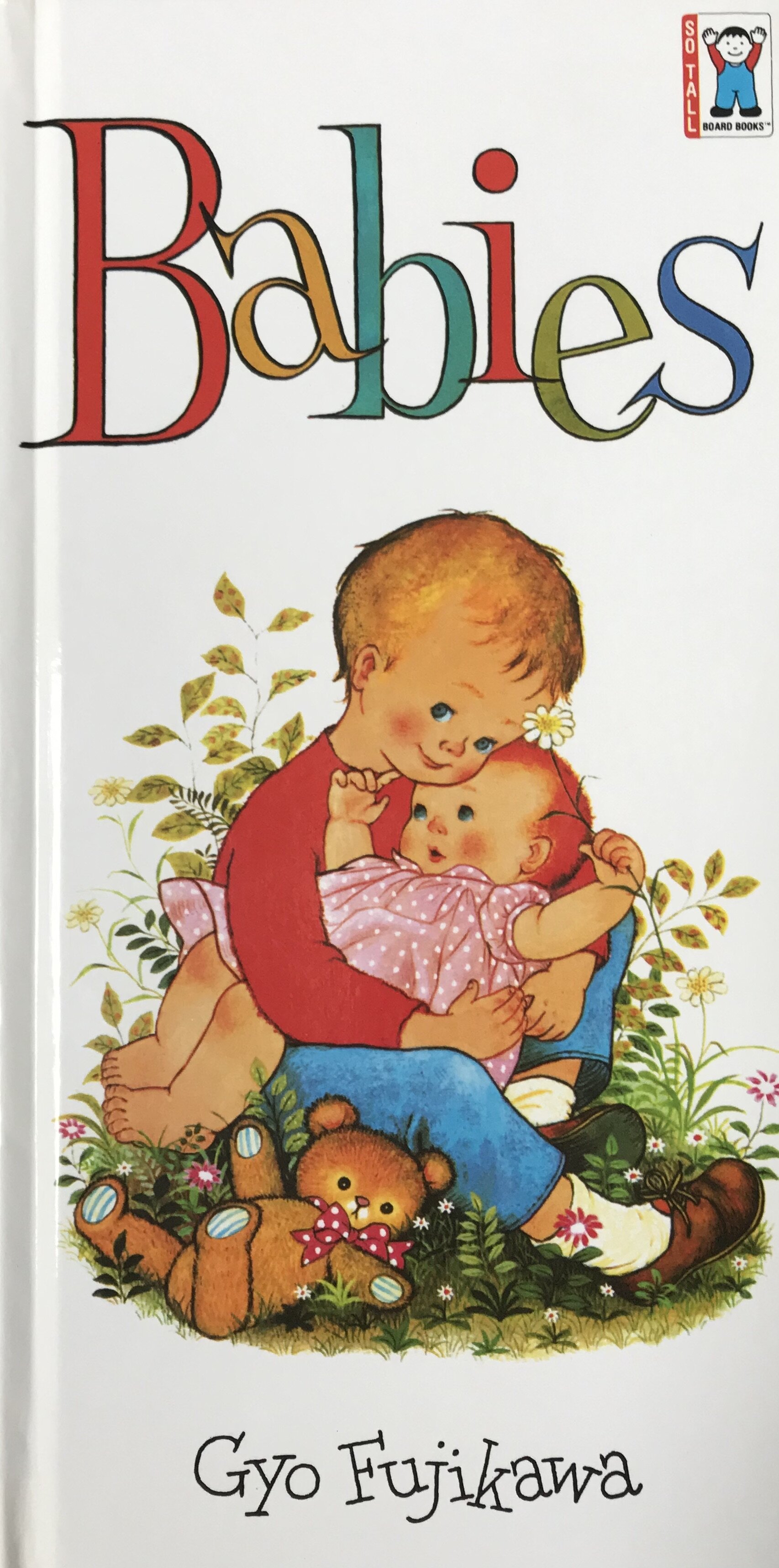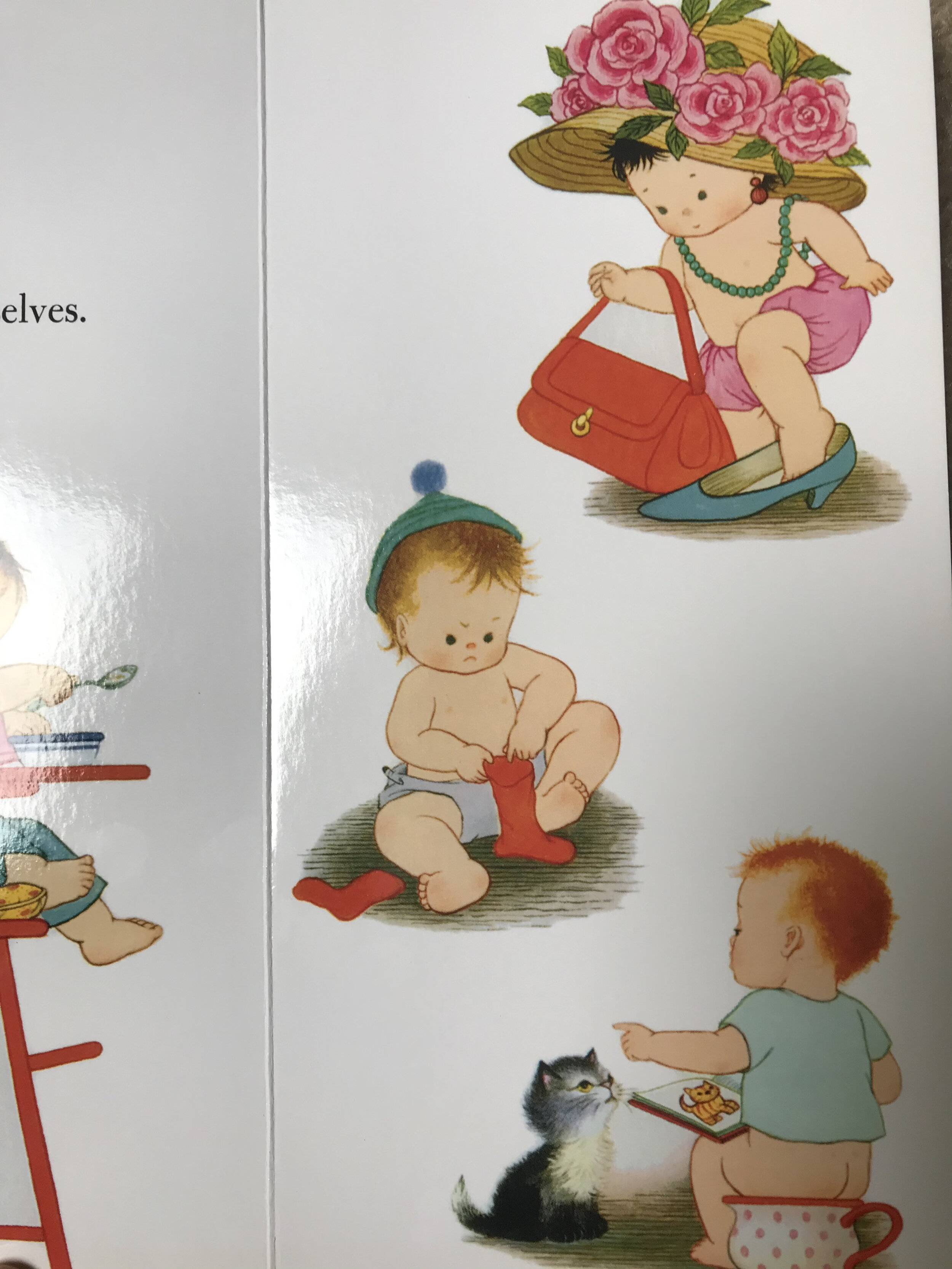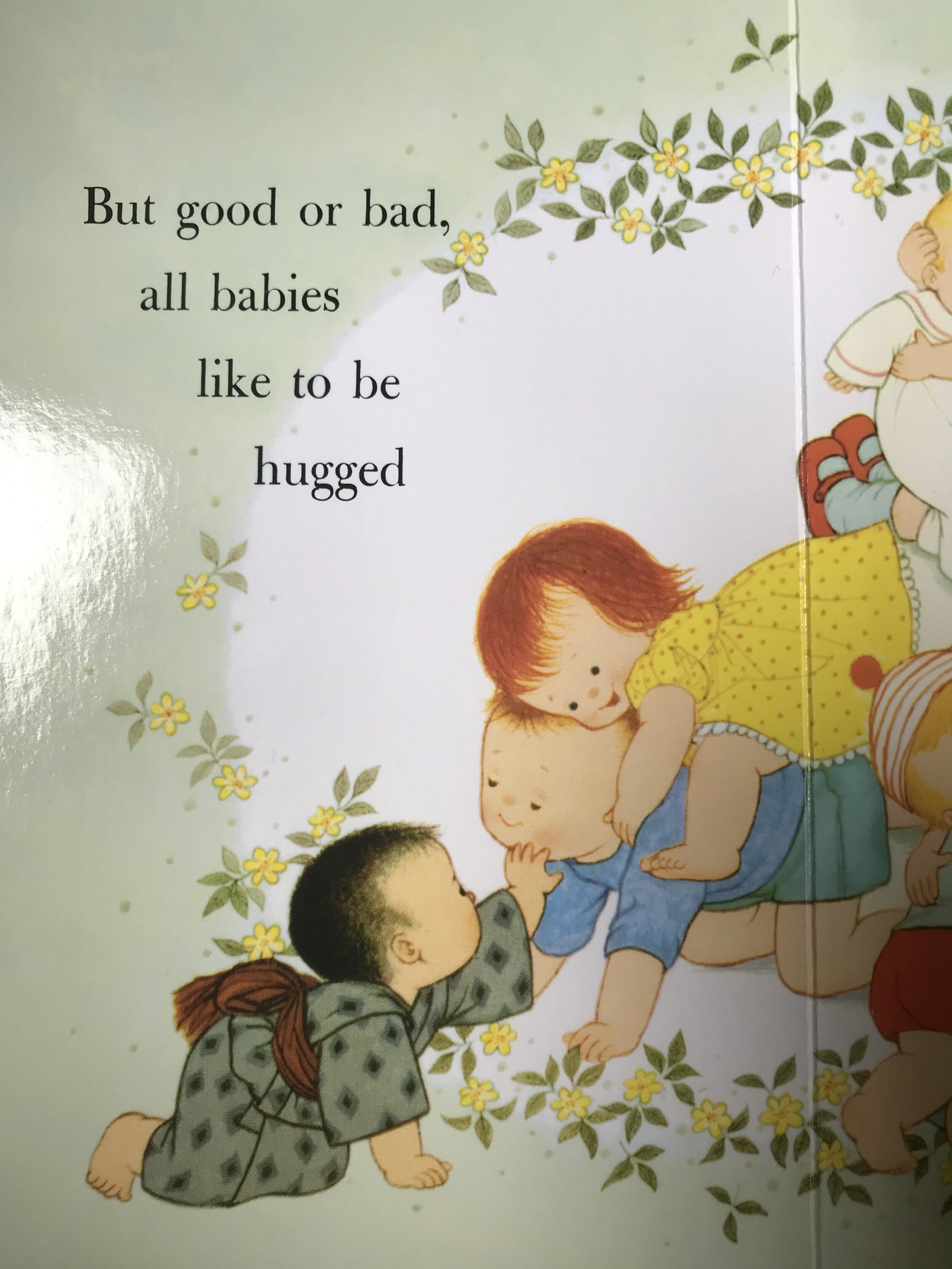The Idealized World of Gyo Fujikawa's Books
The idealization of reality has long been a technique available to children's writers and illustrators. When the world spins in dangerous directions and you try to remedy that in a book for adults, you run the risk of seeming either disingenuous or naive. But when your audience is still tender and young, sorting that world out, learning to live in it, it seems only fair to right its wrongs on the page, to show what might be. In the end, we may hope, those signposts to the very young can imbue them with the energy to nudge that world in a kinder, better direction.No one knew this like Gyo Fujikawa. Born in 1908 to Japanese immigrant parents, she studied at the Chouinard Art Institute, today the California Institute of the Arts. She wrote and/or illustrated over 50 picture books. She also designed promotional materials for Disney and six United States postage stamps.In a New Yorker article, Sarah Larson paints a loving portrait of a beloved children's author-illustrator for whom freedom became an enduring yet elusive dream.Excerpt:
In 1941, she was sent to New York, to work in Disney’s studios there; in early 1942, her parents and brother, along with many Japanese-Americans on the West Coast, were sent to internment camps. The Fujikawas were sent to the Santa Anita racetrack, where they lived in horse stalls, and then to a camp in Jerome, Arkansas. Fujikawa visited them there and found what she described as “barbed wire and a sentry walking around the wall with a bayonet.”
Here is the first book that Fujikawa both wrote and illustrated:
 The babies are lovingly drawn, capturing the expressive emotions of the very young--and there's more.This little board book exemplifies something that was subtly characteristic of Fujikawa's art. She didn't beat you over the head with it, but Gyo Fujikawa was perhaps the very first American illustrator to render a diverse array of children in her books.Here, she seems to be saying, is an Asian child, a child with ginger hair, a black child. Here they are, all children, doing what children do, being in the world the way all children are.
The babies are lovingly drawn, capturing the expressive emotions of the very young--and there's more.This little board book exemplifies something that was subtly characteristic of Fujikawa's art. She didn't beat you over the head with it, but Gyo Fujikawa was perhaps the very first American illustrator to render a diverse array of children in her books.Here, she seems to be saying, is an Asian child, a child with ginger hair, a black child. Here they are, all children, doing what children do, being in the world the way all children are.
 Like the best picture books, there's a huge takeaway from this one that isn't spelled out in the words. It's there in the images without explanation and it's all the more powerful for that lightness of touch.This is the way the world ought to work, the book seems to be saying with quiet authority. In these pages, this is how it is. So here, toddler whose eyes fall upon these pictures, put that into your heart. Carry it out into the real and precious world you will inhabit.
Like the best picture books, there's a huge takeaway from this one that isn't spelled out in the words. It's there in the images without explanation and it's all the more powerful for that lightness of touch.This is the way the world ought to work, the book seems to be saying with quiet authority. In these pages, this is how it is. So here, toddler whose eyes fall upon these pictures, put that into your heart. Carry it out into the real and precious world you will inhabit.